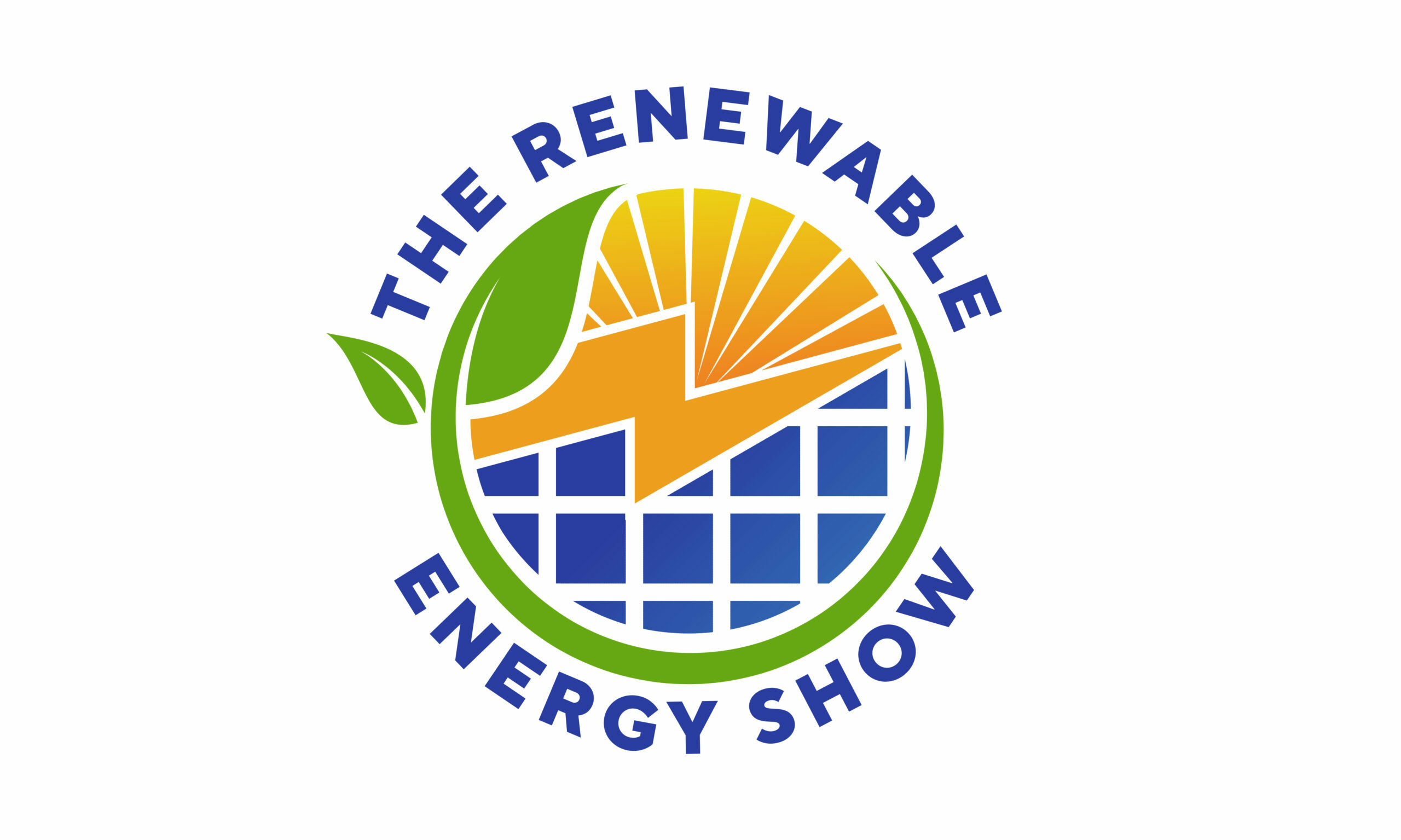As the world grapples with the existential threat of climate change, it’s easy to get caught up in the narrative that international agreements are a failure. We’re told that the Paris Agreement, signed in 2015, is a watered-down compromise that won’t be enough to save us from the worst effects of global warming. We’re led to believe that the lack of binding commitments and the failure to meet emissions targets is a sign of a broken system.
But what if I told you that the opposite is true? What if I told you that international agreements on climate change have been making a real difference, often in ways that are not immediately apparent?
Let’s start with the Paris Agreement itself. While it’s true that the agreement doesn’t contain binding emissions targets, it does establish a framework for countries to set their own targets and report on their progress. And progress has been made. According to the United Nations, in 2020, the world saw a 7% decline in carbon emissions, largely due to the COVID-19 pandemic, but also because of the increased adoption of renewable energy sources and energy efficiency measures.
But the Paris Agreement is just one example. There are many other international agreements on climate change that have been having a positive impact. Take the Montreal Protocol, for example. Signed in 1987, this agreement aimed to reduce the production and consumption of substances that deplete the ozone layer. And it worked. The concentration of ozone-depleting substances in the atmosphere has declined by over 90% since the protocol was implemented.
Another example is the Kyoto Protocol, which established a system of emissions trading and carbon credits. While it’s true that the protocol had its flaws, it did lead to a significant reduction in emissions in the countries that participated. And the lessons learned from the Kyoto Protocol have been incorporated into the Paris Agreement, making it a more effective tool for reducing emissions.
So why do we rarely hear about these successes? One reason is that the media tends to focus on the failures, because they’re more sensational. But another reason is that the international agreements on climate change are often overlooked because they’re seen as “soft law” – agreements that are not enforced by a central authority. However, this is a misconception. Soft law can be just as powerful as hard law, especially when it comes to issues like climate change, where the stakes are so high.
In fact, the soft law framework of the Paris Agreement has enabled countries to work together in ways that would not have been possible under a more rigid framework. For example, the agreement has created a platform for countries to share knowledge and best practices, which has led to the development of new technologies and policies. It has also created a sense of shared responsibility, which has helped to build trust and cooperation among countries.
So, the next time you hear someone say that international agreements on climate change are a failure, remember that the truth is more complicated. While there is still much work to be done, the agreements that have been put in place have been making a real difference. And with continued cooperation and commitment, we can make even more progress in the years to come.
